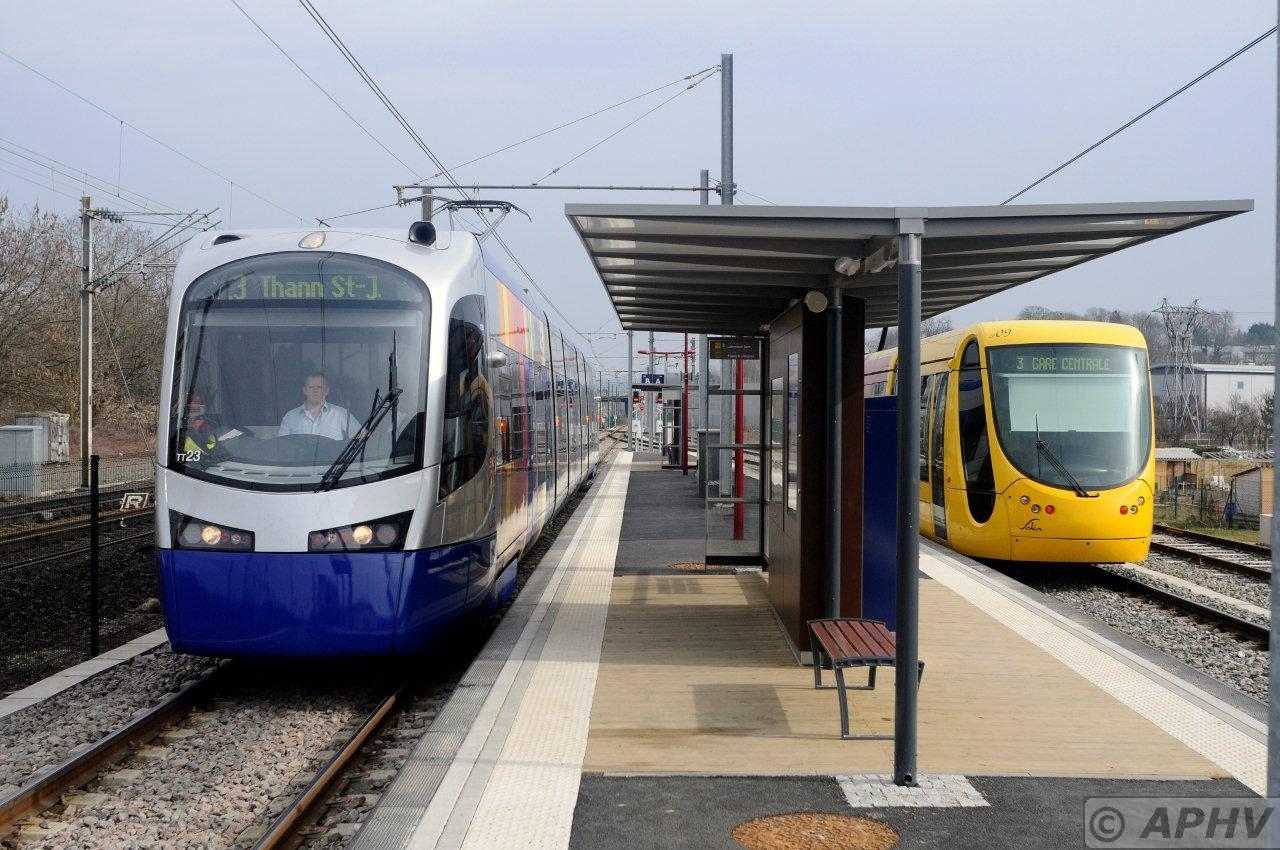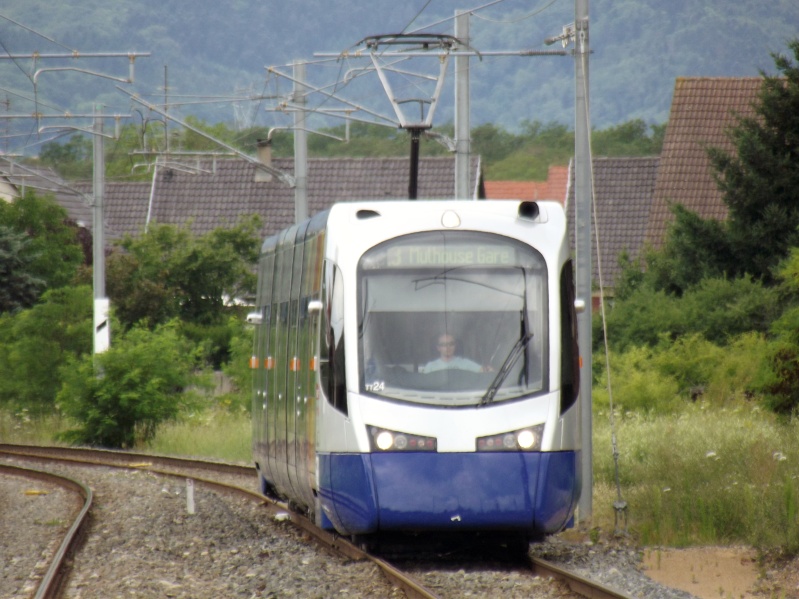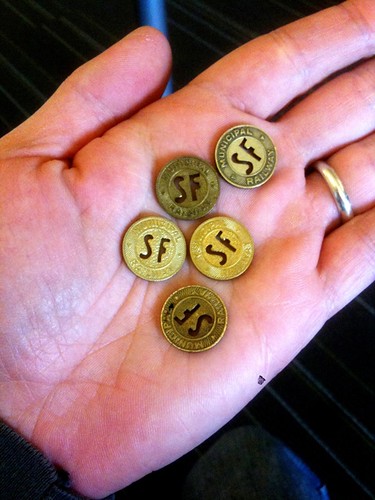Ispolkom
Engineer
St. Paul is planning a street car line on 7th Street. I have read suggestions that the line could eventually tie into or continue to Minneapolis Airport, which is already served by the Blue Line light rail.
The idea of a street car continuing on a light rail line to the airport seems wrong to me, but I'm not sure why. I know that there is no basic reason a street car couldn't use a light rail line, after all, they're both standard gauge.
Still, it seems to me that there might be problems with signalling, or something, and I can't think off the top of my head of any street cars in the US that share tracks with light rail. They certainly don't in Portland, New Orleans, or Little Rock, the only lines I've been on in this century. What about San Francisco?
I'll readily admit that my ignorance of this issue is enormous, and in any case, this is all probably academic, since the St. Paul street car is politically about as likely as the St. Paul People Mover.
The idea of a street car continuing on a light rail line to the airport seems wrong to me, but I'm not sure why. I know that there is no basic reason a street car couldn't use a light rail line, after all, they're both standard gauge.
Still, it seems to me that there might be problems with signalling, or something, and I can't think off the top of my head of any street cars in the US that share tracks with light rail. They certainly don't in Portland, New Orleans, or Little Rock, the only lines I've been on in this century. What about San Francisco?
I'll readily admit that my ignorance of this issue is enormous, and in any case, this is all probably academic, since the St. Paul street car is politically about as likely as the St. Paul People Mover.

























